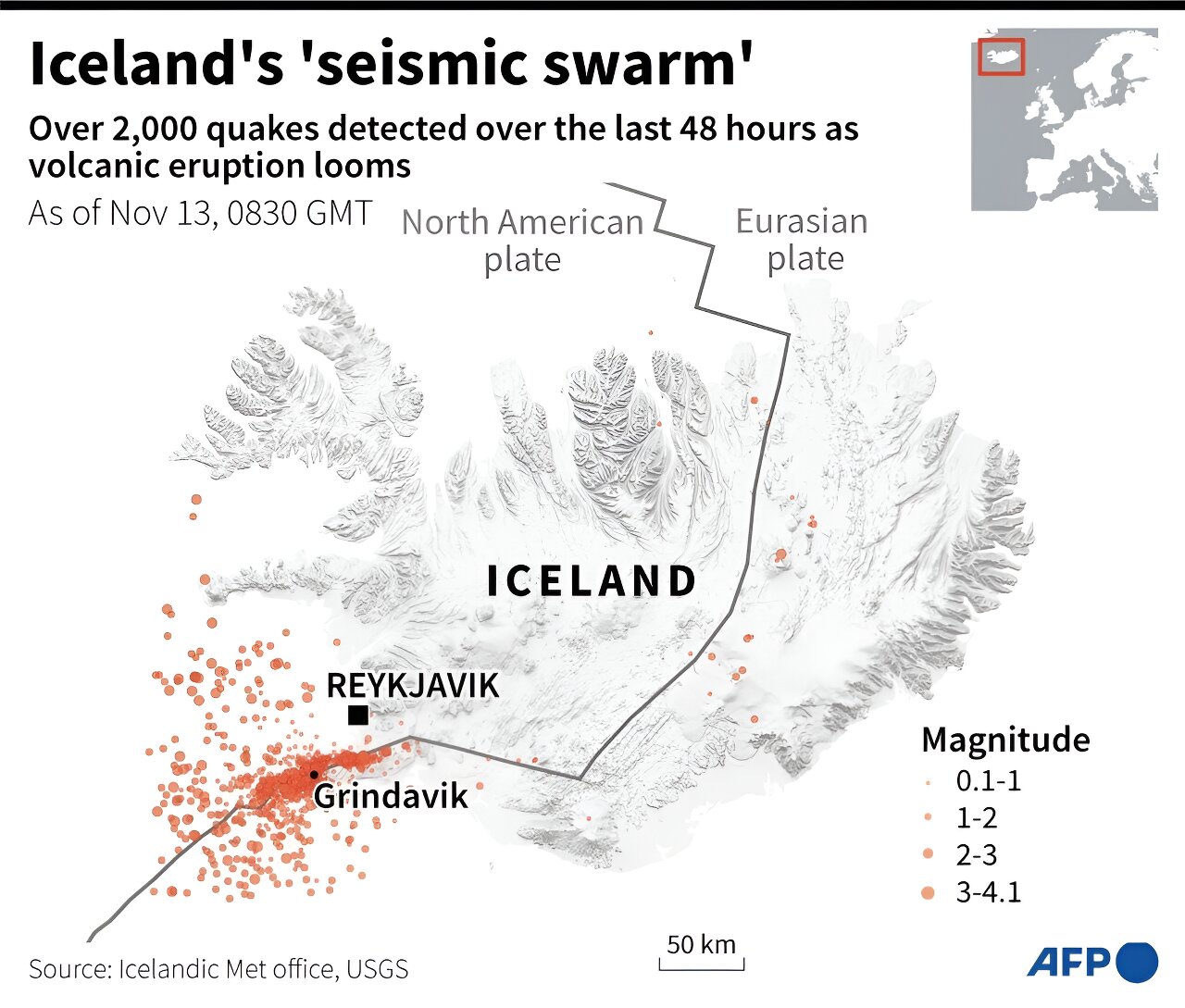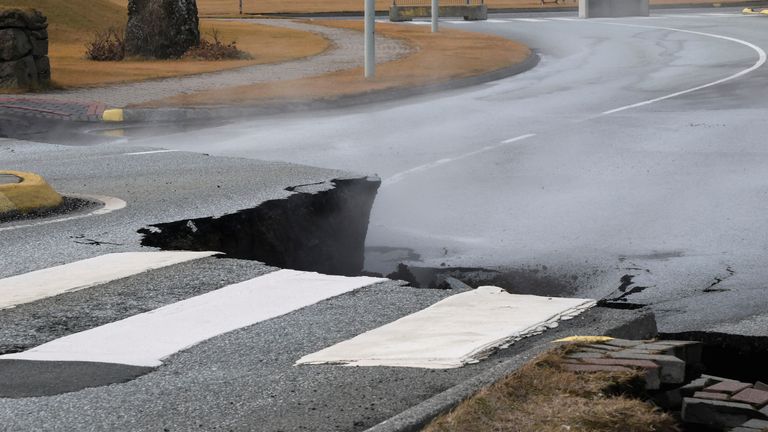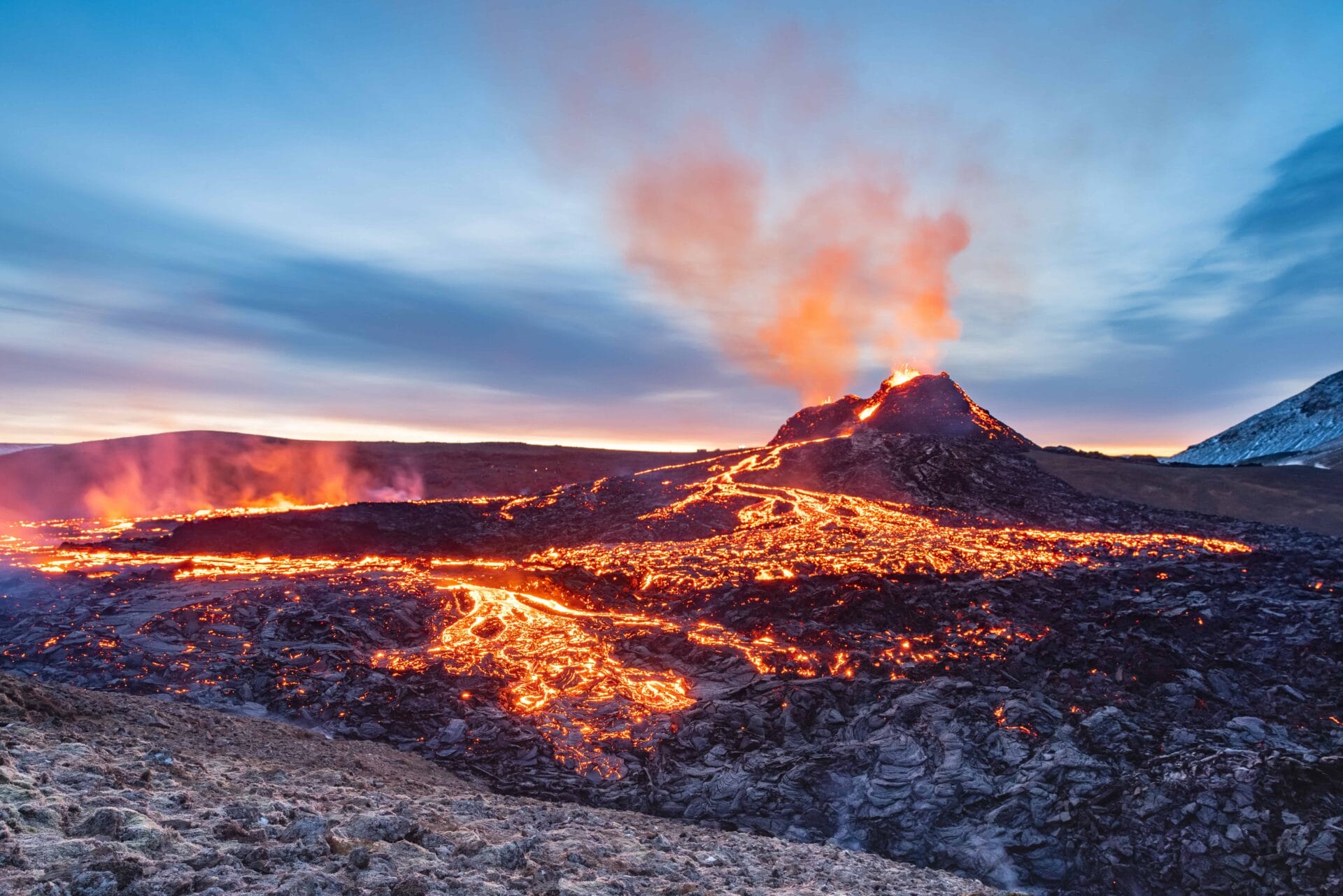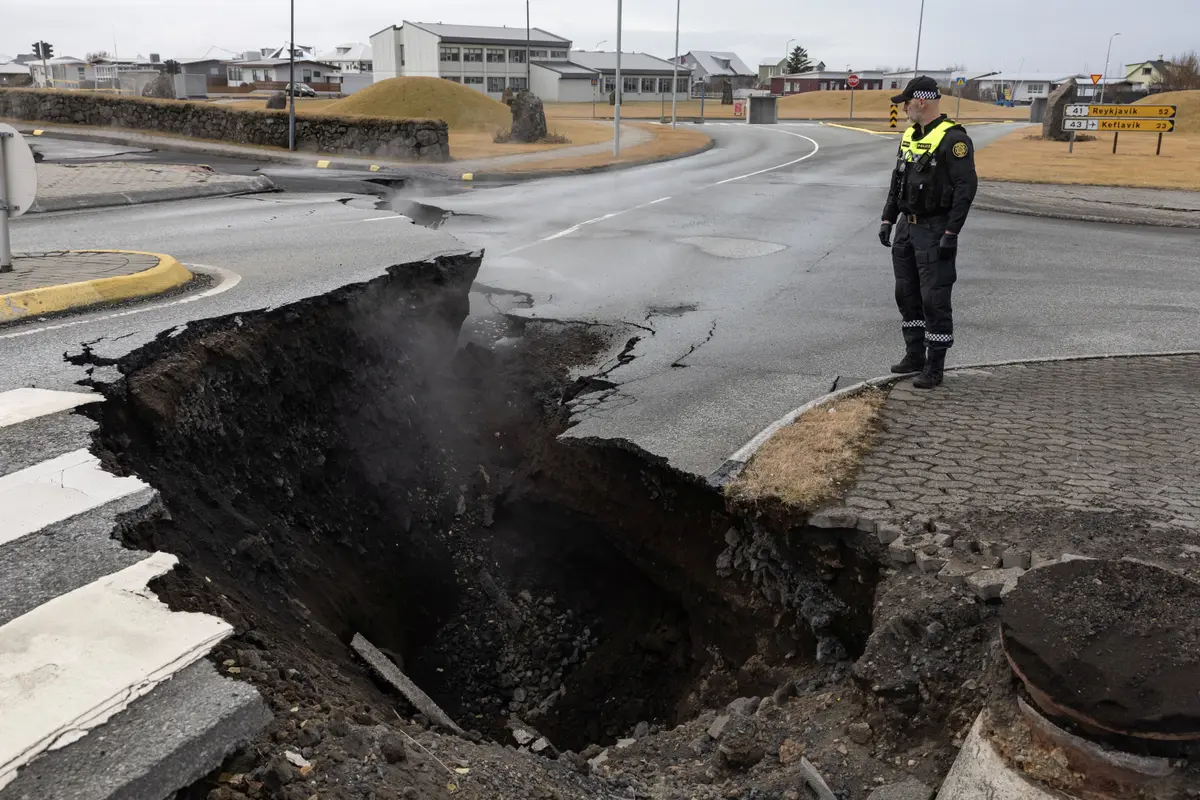Iceland’s Endless Volcanic Activity – Isabel T
With another Icelandic volcano on the brink of eruption: what makes the island so active? With plenty of academic knowledge of Iceland’s countless volcanoes (many thanks to the Iceland trip in August) let’s unpack their complex geography and tectonic activity which earns them the name of the ‘Land of Fire and Ice’.

News of new tectonic activity at Iceland’s Mount Fagradalsfjall is surfacing again after a 800 year hiatus in 2021, here’s what we know so far: giant cracks and fractures have surfaced, increased magma movement and activity in the mantle, the evacuation of fishing town, Grindavik (one of our many lunch spots) and the inducement of the closure of the famous Blue Lagoon. Scientists have studied the peninsula over the last couple of decades, showing recent volcanic instability that continues to increase until an eruption is bound to occur. With constant monitoring from geologists and scientists, they found magma fracturing rock for over 15km of land. During this activity, Grindavik has begun to sink, at rate of 4cm a day, causing immediate evacuation of this town for fears of the escalating nature of this seismic activity. An evacuation has not been required for around 50 years. Although the eruption is not predicted to be explosive, it instead could mean: high volumes of lava flows from fissures that potentially could flow into neighbouring towns, a high volume of toxic fumes to be released, as well as significant damage to local infrastructure. Iceland have tried to reduce impacts by implementing barriers around the geothermal plant near the Blue Lagoon. The eruption is predicted to occur within days or weeks (at the time of writing).

Why Iceland?
Iceland sits over the mid-Atlantic ridge between the Eurasian and North American plates, where tectonic activity remains frequent due to the plates gradually pulling apart. This is due to the increasing pressure created by movement between plates , due to magma beneath. When an eruption is caused, this pressure releases high force and seismic waves. This forces open fissures in rock, allowing magma to force its way through, now released as lava and a mixture of toxic gases. A famous eruption in Iceland, called E15, had such a global impact from the extremely high levels of ash released into the atmosphere, that the entire airspace for Europe was cancelled for a week, 10 million people couldn’t fly in or around Europe during that period. Because of Iceland’s physical location, the formation of volcanoes occurs not only on land, but beneath the ocean surrounding it and also beneath glaciers. Over the last 11 centuries, Iceland has seen over 200 eruptions occur. However, not all volcanic systems erupt on a regular basis, most remain dormant for many years, and only a few are active to this day, such as: Grímsvötn, Hekla and Katla. However, Iceland has become highly advanced in its methods of reducing impacts of these events, using technology that can detect low-frequency tremors, as well as monitoring magma changes.

As the eruption for Fagradalsfjall is bound to happen within the next coming weeks – keep an eye out!















Post Comment
You must be logged in to post a comment.